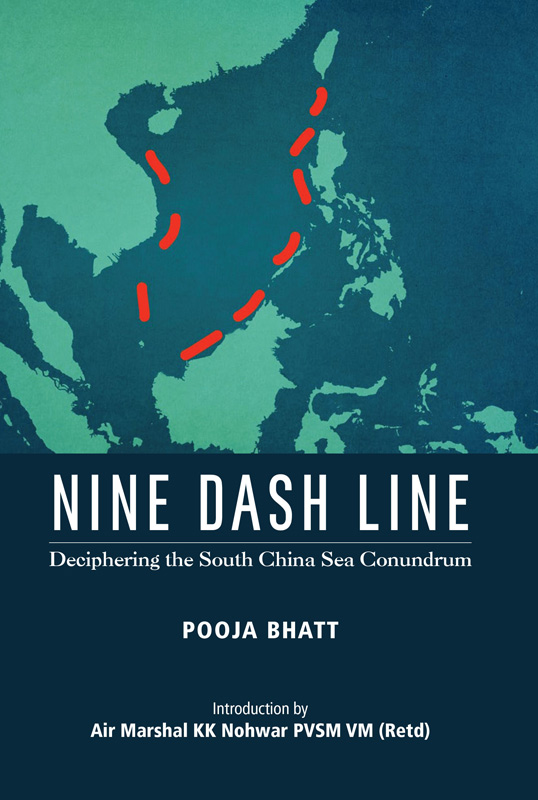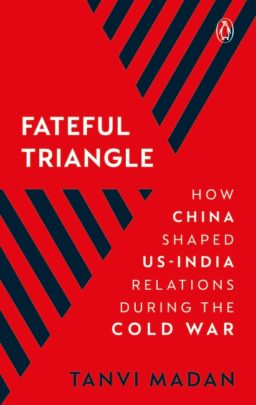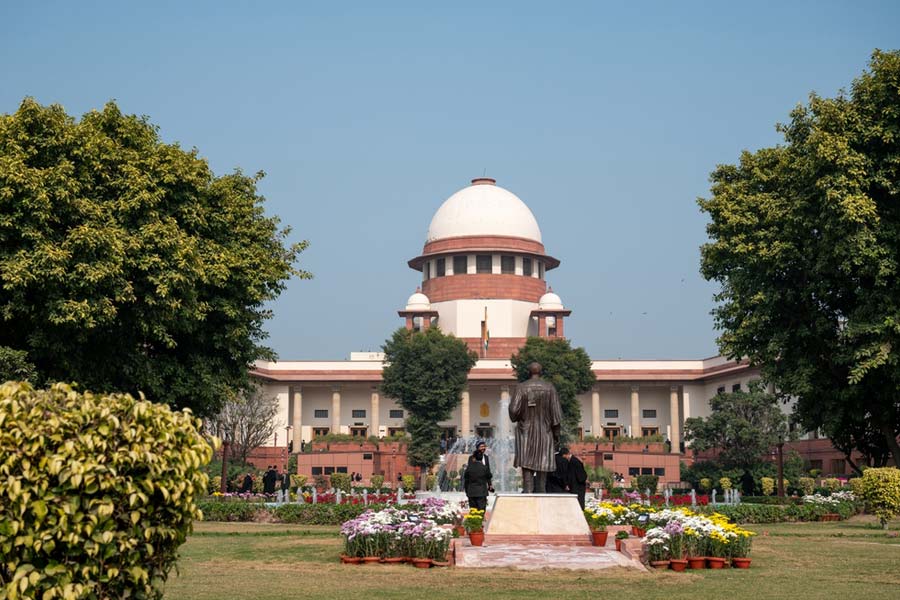
KW Publishers
But, as it turned out, in 1971 the US and China cosied up to each other. As a result, that threat disappeared partly because the US wouldn’t allow it and partly because of the Indo-Soviet Friendship Treaty of 1971.
This treaty, Ms Madan says, was partly because the USSR kept whispering to India about the Chinese threat. This threat became quite real for a few days when, during the Bangladesh war, the US tried to get China to intervene on Pakistan’s side to intimidate India. China said India had stolen some sheep and that it was very angry.
Through most of the 1970s the US was anxious to keep its new girlfriend, China, happy and tried to avoid doing anything that would make her go into sulk. This included siding with Pakistan. “Nixon’s and Kissinger’s sensitivities regarding China took precedence,” says Ms Madan. From about 1973, after nearly a decade and a half of very bad relations, India tried to make up with China. Nothing of significance happened.
In 1974 came the nuclear test at Pokhran which Kissinger, quite surprisingly, decided to play down, telling Pakistan it was aimed more at China which had gone nuclear in 1964. Ms Madan says that throughout the 1960s the US had considered giving India a security guarantee lest it decided to go nuclear as well. That too didn’t work.
But in 1975 the US looked the other way when India took over Sikkim. Washington also downplayed the Emergency, says Ms Madan. All in all, the attempt was to restore the India-US relationship to an even keel, China notwithstanding.
Ms Madan omits to mention, however, that China was undergoing such severe domestic political turmoil in the 1970s in the aftermath of the Cultural Revolution that it didn’t figure much in the India-US relationship. It was important but not overwhelmingly so.
The US-India relationship was also affected by China’s help to Pakistan in its nuclear programme because the US ignored it. India didn’t like that. Later China and the US even got together to oppose India’s nuclear programme. And so on.
The detailing of the triangular relationship by Ms Madan makes for an intriguing read, not least because China has been a more steadfast friend to Pakistan than the US has been to India. Albion’s perfidiousness has shifted westwards and there’s no reason to think that this has changed. Pakistan has chosen better than India.
Throughout history China’s rulers have always been a paranoid and touchy lot. Even when China has been powerful economically and militarily, the political dispensation has been obsessed with national security and an exaggerated sense of how they should be treated.
These two books bring out this fault line in China’s DNA very nicely. Whether it is India or East Asia, China has shown a sense of entitlement that is hard to explain in terms other than of paranoia, opportunism and utter disregard of accepted behavioural norms.
Is it any wonder that throughout its history, others have always joined hands to bring China to heel? And this has only increased its sense of victimhood.
India, US, China
Tanvi Madan asks a question that’s not usually asked: how did the emergence of Communist China affect Indo-US relations? She says scholars have tended to view these via the Pakistan prism but that in fact there was another major factor, namely, China.
To quote, “This book shows that China’s centrality to US-India relations is not a recent phenomenon; indeed, it dates back to the beginning of the two democracies’ relations.” The rest of the book describes how.
Unfortunately, the book stops in 1979. The developments after that have been described cursorily in the concluding chapter which tries to look ahead.
Between 1950 and 1980, then, China figured in the US-India relationship in two ways. To begin with it was one based on economics. Democratic India had to be given a helping hand in its race with Communist China.
Then, after 1962 when China delivered a massive military defeat to India, the relationship became more of a military-security one because India constantly worried about another Chinese attack. The US attitude in the 1960s was one of reassurance.
China and East Asia
Pooja Bhatt’s book is the tale of the permanent Chinese sense of entitlement and victimhood. As one manifestation of this, it keeps claiming other countries’ territories or even international territories.
Ms Bhatt has set out in great detail the Chinese attempt to grab the seas east of Singapore. She says China is claiming 80 per cent of those seas by drawing an entitlement line, called the Nine Dash Line.
China itself doesn’t accept this term but it was she who started it back in 1947. The then Chinese government just drew ten dashes on the map of the South China Sea. Ten years later Chou Enlai reduced one dash. Since then it’s been the Nine Dash Line.
But what is the legality of these dashed claims? After all, tomorrow China could claim the whole world if it feels emboldened enough. Ms Bhatt explains the legal part in a superbly clearly written chapter.
She concludes that the United Nations Convention on the Law of the Seas (UNCLOS) has no teeth. So, when push comes to shove, it’s quite simply might is right. So far Chinese might has been menacing but not overwhelming.
When you finish reading Ms Bhatt’s book, you come away feeling quite angry. Here’s a country whose attitude is ultra-nationalism. China is like those bullies found everywhere who have to be dealt with as bullies everywhere are.
With a tight slap in full public view of the sort Britain delivered in 1842 or India delivered in 1967 in Nathu La and in 2018 in Doklam or the US in 1998 when China was firing missiles across the strait of Taiwan to bully the voters there.
Nothing else is going to work.

Penguin
Fateful Triangle: How China Shaped US-India Relations during the Cold War By Tanvi Madan, Penguin; Nine Dash Line: Deciphering the South China Sea Conundrum By Pooja Bhatt, KW Publishers











